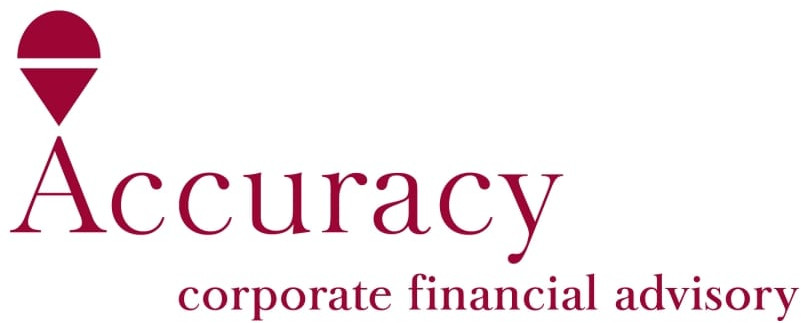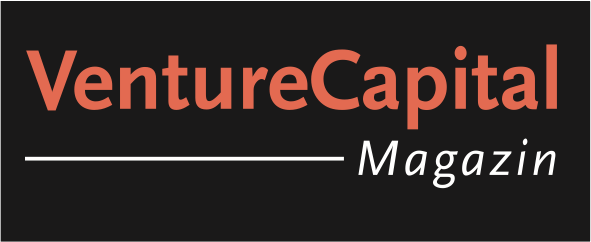NEWSLETTER of September 6, 2024
The following content has been added at finexpert:
Studies > Performance
Allianz Research
SECTOR ATLAS 2024: THE OUTPRICED, THE OUTCASTS AND THE OUTLIERS
Heavy political agenda to test global economic resilience once more. Global growth bottomed out in H1, but the global manufacturing sector is still in excess supply, and demand remains sluggish especially in the Eurozone. We expect global GDP growth at +2.8% in 2024 and 2025, with growth slowing to +1.7% in the US and reaching +1.4% in 2025 in the Eurozone. China will continue to manage its growth slowdown (+4.3% in 2025). >more
Studies > Corporate Finance
Bundesverband deutscher Banken
UNTERNEHMENSFINANZIERUNG AKTUELL: AUGUST 2024
Most recently, credit growth was close to zero across all bank groups, maturities and economic sectors, according to the Bundesbank. Compared to the previous quarter, the total volume of outstanding loans to companies and the self-employed rose by 0.2% to 1,135 billion euros in the second quarter of 2024. This is the first time since the third quarter of 2023 that the quarter-on-quarter growth rate has returned to positive territory. The Bundesbank believes that the situation in the German banking system remains stable. The liquidity situation is good, as is the common equity tier 1 ratio. Banks are not expected to restrict the supply of credit in the coming quarters either. >more
Studies > Macro
Kiel Institut für Weltwirtschaft (IfW Kiel)
DEUTSCHE WIRTSCHAFT IM HERBST 2024: KONJUNKTUR STOTTERT IN KRAFTLOSE ERHOLUNG
The German economy is not getting off the ground. The signs of a beginning recovery that were observable a few months ago have not materialized. Leading indicators now are signaling that economic output will continue to stagnate for the time being. The manufacturing industry is in recession and private households are holding back on consumption despite rising real incomes. Investments continue to suffer from the high level of uncertainty and restrictive financing conditions. GDP is likely to increase again slightly from next year. The restrictive impact of monetary policy is gradually easing. The continued rise in real incomes will lead to moderate increases in private consumption and the stable economic expansion of the world economy is likely to stimulate exports somewhat. Given the current low level of overall economic production, however, the recovery will remain weak. Overall, we have revised our forecast downwards. >more
Studies > Macro
Deutsche Industrie- und Handelskammer (DIHK)
DIHK-REPORT UNTERNEHMENSGRÜNDUNGEN 2024: GRÜNDUNGSINTERESSE SINKT AUF HISTORISCHEN TIEFSTAND
A record low in start-up interest and the worst ever assessment of Germany as a start-up location by young entrepreneurs: in its latest report on business start-ups, the German Chamber of Industry and Commerce (DIHK) comes to sobering conclusions. The almost 1,000 budding entrepreneurs who took part in the survey conducted by the DIHK and the chambers of industry and commerce (IHKs) rated Germany as a start-up location in 2024 as just “sufficient” with a 3.6. A significant decline compared to previous years - although the general conditions in Germany had already previously been rated as merely “satisfactory” by young entrepreneurs with a score of 3.3 (2020 and 2021) and 3.4 (2022 and 2023). >more
Research Papers > Corporate Valuation
WHICH U.S. STOCKS GENERATED THE HIGHEST LONG-TERM RETURNS?
Hendrik Bessembinder
2024
This report describes compound return outcomes for the 29,078 publicly-listed common stocks contained in the CRSP database from December 1925 to December 2023. The majority (51.6%) of these stocks had negative cumulative returns. However, the investment performance of some stocks was remarkable. Seventeen stocks delivered cumulative returns greater than five million percent (or $50,000 per dollar initially invested), with the highest cumulative return of 265 million percent (or $2.65 million per dollar initially invested) accruing to long-term investors in Altria Group. Annualized compound returns to these top performers relatively were modest, averaging 13.47% across the top seventeen stocks, thereby affirming the importance of "time in the market." The highest annualized compound return for any stock with at least 20 years of return data was 33.38%, earned by Nvidia shareholders. >more
Research Papers > Corporate Valuation
COUNTRY RISK: DETERMINANTS, MEASURES, AND IMPLICATIONS - THE 2024 EDITION
Aswath Damodaran
2024
As companies and investors globalize, we are increasingly faced with estimation questions about the risk associated with this globalization. When investors invest in China Mobile, Infosys or Vale, they may be rewarded with higher returns, but they are also exposed to additional risk. When Siemens and Apple push for growth in Asia and Latin America, they clearly are exposed to the political and economic turmoil that often characterize these markets. In practical terms, how, if at all, should we adjust for this additional risk? We will begin the paper with an overview of overall country risk, its sources, and measures. We will continue with a discussion of sovereign default risk and examine sovereign ratings and credit default swaps (CDS) as measures of that risk. We will extend that discussion to look at country risk from the perspective of equity investors, by looking at equity risk premiums for different countries and consequences for valuation. In the fourth section, we argue that a company's exposure to country risk should not be determined by where it is incorporated and traded. By that measure, neither Coca Cola nor Nestle are exposed to country risk. Exposure to country risk should come from a company's operations, making country risk a critical component of the valuation of almost every large multinational corporation. In the final section, we will also look at how to move across currencies in valuation and capital budgeting, and how to avoid mismatching errors. >more













